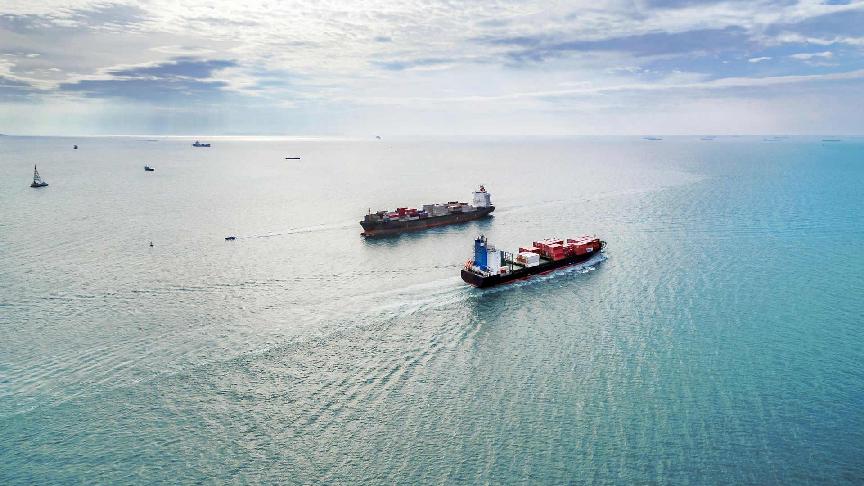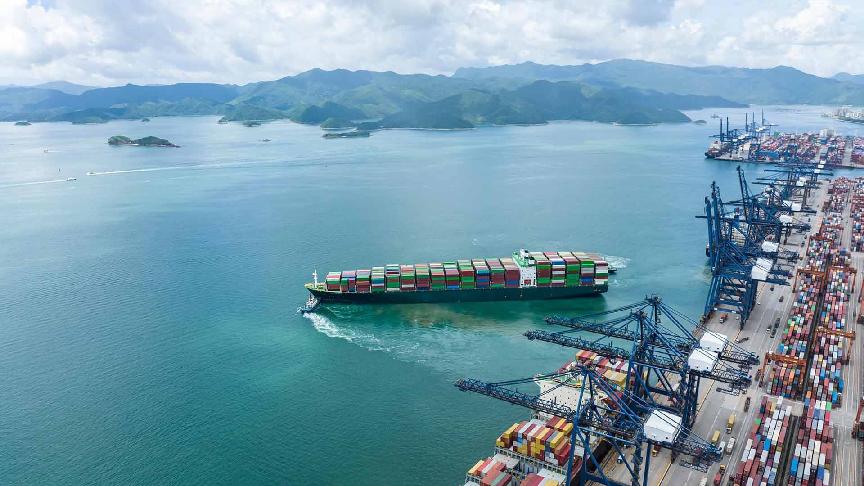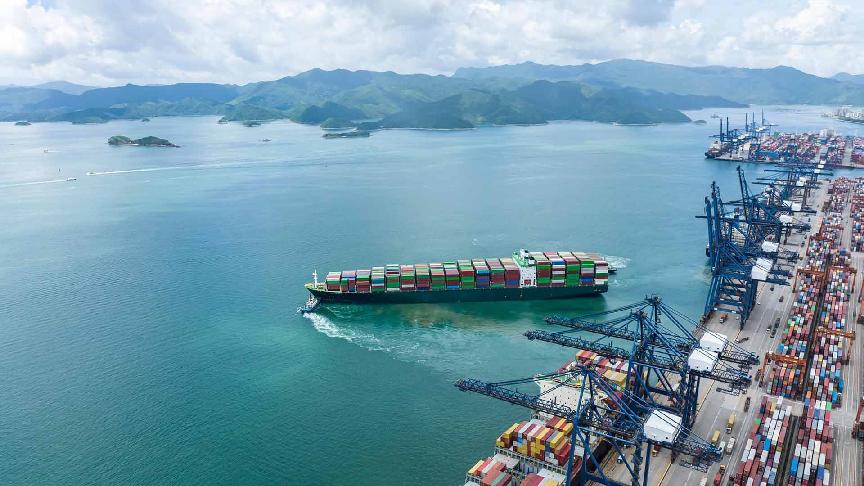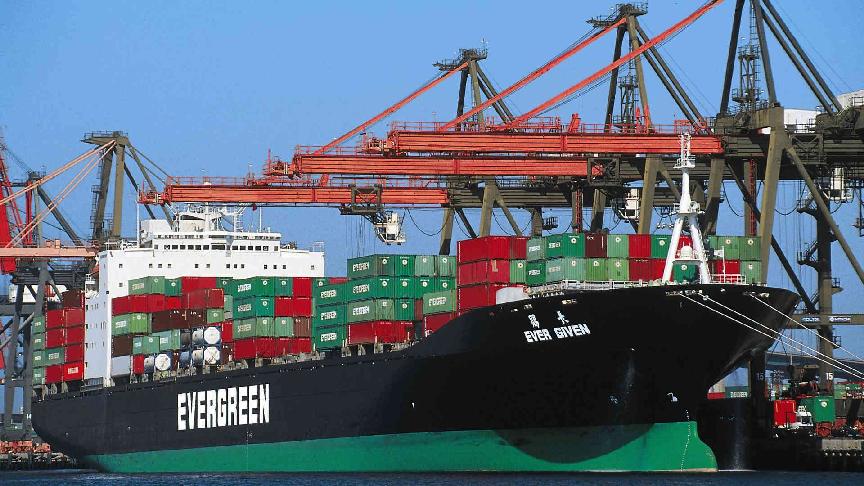27 August 2024 (Lloyd's List) - CAMBODIA needs to build deepwater ports to complement the construction of its Funan Techo Canal as the Southeast Asian country aims to enhance its “economic autonomy”.
“We must build this canal at all costs,” Cambodia’s Prime Minister Hun Manet said at the canal launch event on August 5, describing the controversial 180 km project as “historic”.
The $1.7bn canal project will establish a new connection from the Mekong river to the sea, enabling Cambodia to divert away from the downstream area of the river in Vietnam.
Seen in that light, former prime minister Hun Sen had described the canal as giving the country a “nose to breathe through”.
At present, approximately 33% of cargo travelling to and from Cambodia depends on Vietnamese ports via the Mekong river route for international trade, Cambodia Deputy Prime Minister Sun Chanthol told Reuters in a May interview.
The canal ought to lower this percentage to 10%, signifying a substantial 70% reduction in current shipping volumes through the river in Vietnam, he said.
“The Funan Techo Canal will link the capital Phnom Penh to the deepwater port in Preah Sihanouk province, facilitating the country’s trade exchange with the world,” he said.
Moreover, Cambodia expects the canal to bring transport benefits of $88m per year and the number may be up to $570m by 2050, according to the country’s official media Khmer Times.
Drewry Maritime Advisors deputy head Jayendu Krishna said that Cambodia’s lack of deepwater ports, which is the main reason for its reliance on Vietnam for shipping, remains a major challenge for the country.
Cambodia’s only deepwater port, Sihanoukville, has a draft of just 10 metres, which means it cannot accommodate deepsea vessels for loading. It can only take vessels with capacities ranging from 1,500 teu-2,000 teu, Krishna told Lloyd’s List.
The absence of deepwater ports had been a longstanding issue, he said, noting a new canal with a depth of 5 m does not alter this reality.
By contrast, Vietnam’s Cai Mep port boasts a draft of 14 m, enabling it to accommodate large vessels ranging from 15,000 teu-20,000 teu, which are commonly used on long-haul routes between Asia and Europe or the US, the primary consumer markets for Asian goods.
Meanwhile, Vietnam was planning a new international container transhipment port Can Gio, Krishna added, referring to a project with a total investment of about $6bn, supported by Vietnam Maritime Corp and Mediterranean Shipping Company.
“The canal cannot take over the throughput of the Mekong river overnight,” a Chinese scholar specialising in Cambodian studies told Lloyd’s List, adding that the canal’s capacity relies on supplementary infrastructure, such as ports, as well as effective operation.
It could take 10 to 20 years to witness significant changes, he said.
Vietnam’s concerns calmed with deals with China
The canal, with a depth of 5 m, will span four provinces, benefitting 1.6m people along the river. Upon its completion in four years, it is anticipated that 7m tonnes of cargo will be shipped through the canal each year, according to public information.
The project will be built by the state-owned China Road and Bridge Corp using a build, operate and transfer business model, but the construction giant did not reveal financial details.
For inland waterborne transport and navigation connectivity, the canal will accommodate 1,000 dwt ships with three waterway locks to maintain the water level for navigation and 11 bridges across the entire stretch, according to a notification Cambodia sent to the Mekong River Commission last August.
Vietnam has expressed concerns through the Vietnam National Mekong Committee Secretariat regarding the potential effect on the water resources of the Mekong Delta, as well as the livelihoods and natural ecosystems of local communities.
In May, the Mekong River Commission told Lloyd’s List that it had asked Cambodia to share the feasibility study report and extra information for a project review. However, in a reply to Lloyd’s List on Wednesday, the MRC stated that it had not yet received these documents.
MRC also said that Vietnam had not raised further concerns regarding the project.
In fact, despite concerns voiced by media and scholars, the Vietnamese government has never directly opposed the canal project, the Chinese scholar stated.
After completing a three-day visit to China and meeting with Chinese President Xi Jinping on Monday, Vietnam’s new president, To Lam, who assumed office just a month ago, concluded his first state visit with fruitful outcomes, including 14 deals from cross-border railways to food exports.
The two countries issued a joint statement to further enhance their strategic partnership, though without explicit reference to the controversial canal project, instead reiterating “intensify co-operation within the Greater Mekong Subregion framework”, a programme established in 1992 and involving six member countries of China, Vietnam, Cambodia, Laos, Myanmar and Thailand.







